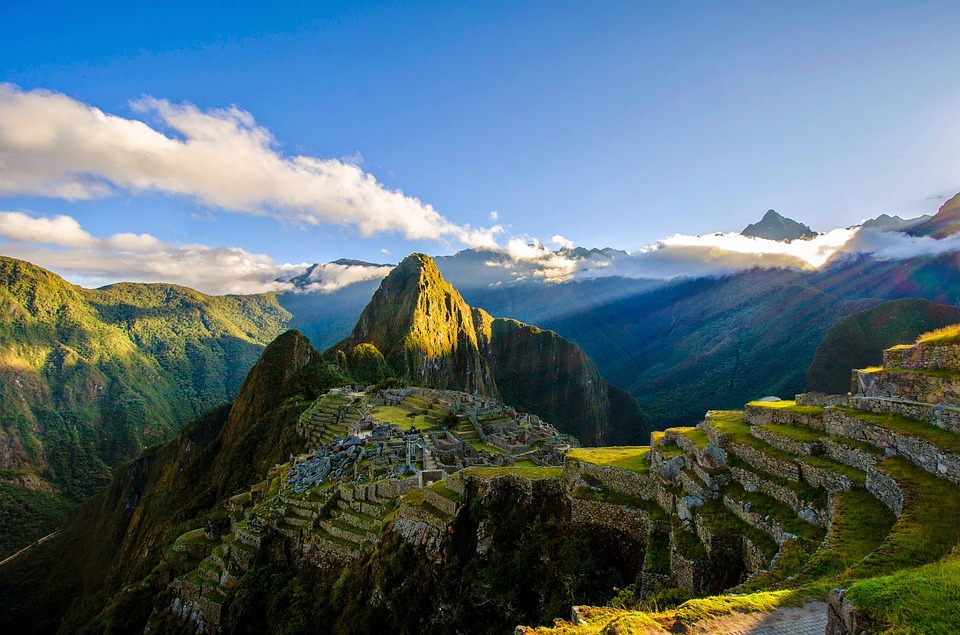2017 was the year for AirBnB in Latin America. Not only did the flat-sharing platform become the website of choice for young travellers across the continent, it started to make inroads into more adventurous locations like Cuba and Bolivia as well. Unlike cities across Europe, however, the company decided to play nicer and get local governments onboard, as they did with Mexico last year when they offered to collect and pay taxes in the country.
AirBnb’s encroachment into Latin America is indicative of the general cautiousness that travel companies face when establishing themselves here. For one, the market is less kind given the lack of broadband connectivity, with over 20% of the population still unable to access the internet and vast swathes of the continent far too remote for broadband.
So if the travel industry is going digital, how best can Latin America cash in?
Experience over Possessions
One way Latin American startups might react to the digitalisation of the travel industry is to play to their strengths. The countries in Latin America are some of the most sought-after among travellers, particularly the backpacking segment, as many are drawn to the diverse landscapes and adventurous terrain it has to offer. For many, this will mean more tailored experiences rather than simple package tours.
Co-founder Cait Breslin of LocalAventura found this out herself when travelling through the continent. “I really got to see the importance of travelling,” Breslin said, of her experience living in Brazil like a local and dancing with Argentine boys in the milongas of Buenos Aires. My passion was travel and to facilitate the experiences that I had. People don’t usually have a chance to experience countries in an authentic way.
LocalAventura was born out of the idea to take local experiences and tailor them for travellers. The startup was recently accepted to join the A-tech conference in Aruba where they can pitch to investors and take their product to higher climes within Latin America.
Aiming at a market that crave “experiences over possessions”, Breslin noted that many of their clients for tours in Argentina, Mexico and Brazil “prefer to spend on larger honeymoons than on bigger weddings.”
This belief also gels with the data, as shown In a recent study by American Express where 85 percent of respondents of all ages thought that customized itineraries were much more desirable than general, mass-market offerings.

Aim for a different demographic?
Although the typical picture people have of travellers in South America is that of the backpacker, focusing entirely on younger travellers would mean many would miss out on a large segment of the market.
Running the travel insurance platform Aardvark Compare, CEO Jonathan Breeze knows this better than most. Catering to the older traveller rather than “bulletproof millennials”, Breeze believed this was a market worth taking notice of.
“There is such a focus on younger consumers to the extent that people in technology ignore what’s underneath their noses sometimes,” Breeze said, stating that the largest and fastest growing demographic also has half the amount of total spending and yet is only 10 percent of most marketing budgets. “There’s a disconnect between where the consumer spend is and where our [marketing] budgets are allocated.”
The travel insurance industry is worth three billion dollars annually in the US. Much of the clientele also travel between Latin America and the US. “It’s almost as if we all swap homes,” Breeze said of the number of travellers between the Americas and much of the demographic is from the retired population. Their concerns are usually related to the availability of medical insurance outside of the US or insurance for if they miss their flights for some reason.
In addition to thinking of older travellers, Breeze also noted that one of the consequences of targeting an older well-heeled demographic is to ensure more traditional courtesies persevere, like customer service, in ensuring that they stay as customers for the long term.
“People who have more complex issues are surprised when they realise there are human beings they can talk with. That part of service has fallen by the wayside in recent years.” he said, noting the huge difference this provides to more elderly customers.
With friends like these
Another decision startups in the travel industry will have to make relates to whether strategic alliances ought to be made in order to grow together. The larger players in the market have already found ways to bring together resources to cater to customers and startups might have to follow suit. Recently, low-cost airline VivaAir and online booking platform Despegar combined forces to provide a more rounded experience for their customers. VivaAir, formerly known as VivaColombia, have also opened a new centre of innovation called VivaAir Labs to try to find better ways to improve how people get to see more of the world.
The travel industry in South America will surely take off as interest in visiting its diverse countries remain. Startups in this space will need to innovate, however, improving on connectivitys, think more of curated adventures and make sure not to leave out vital segments in the market if they’re going to distinguish themselves from the competition.
Disclosure: This article contains a client of an Espacio portfolio company.





